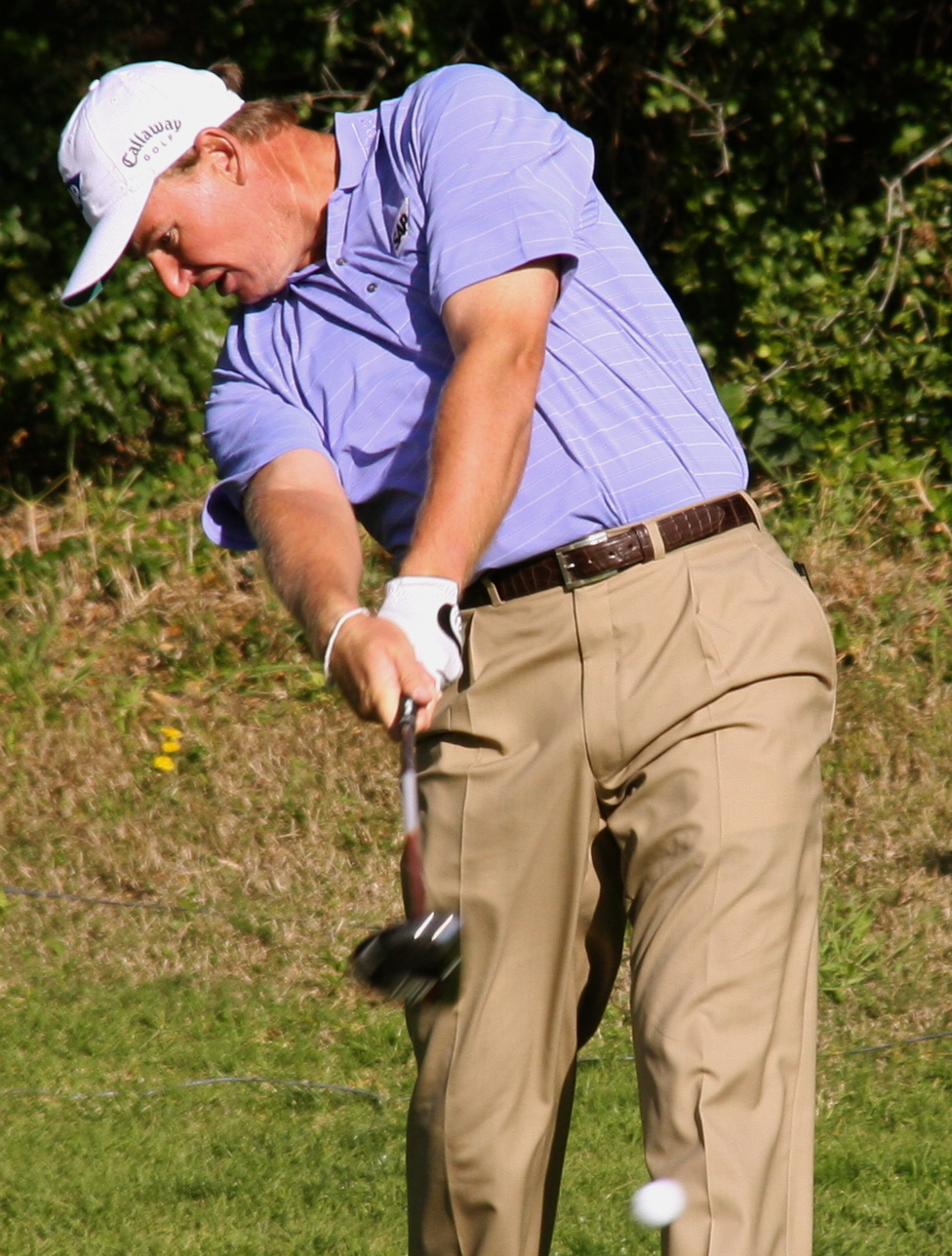Economic Crisis Ushers In A Dreaded Martha Burk Reference
/Michael Buteau of Bloomberg talks to Augusta real estate agent Diane Starr about the lackluster rental climate in Augusta as the Masters looms.
Week-long rentals of private homes have dropped to $7,000 from $9,000 for a typical four-bedroom, three-bath property, and to $15,000 from $30,000 for five-bedroom estate homes used for private parties, said Starr, who spent 15 years working for the Augusta Chamber of Commerce’s Masters Housing rental unit before starting her own company two decades ago.
“I’ve been doing this longer than anybody in this town and this is as bad as I’ve seen it,” Starr said during an interview in her office four miles from the club. “We had 9/11 and then Martha Burk. This has hurt us worse than either one of those.”
I don't know about you, but it sure sounds like ticket prices still need to come way down.
Tickets for this year’s tournament, which have a face value of $200 for all four competition rounds, have sold for an average of $3,377 on EBay’s Stubhub, down from $3,930 in 2008.
Sean Pate, a spokesman for Stubhub, said he expects prices to keep falling as the tournament approaches.
The company has sold “hundreds” of one-day passes for an average price of $400, Pate said. Tickets for Monday and Tuesday practice rounds have a face value of $36. Wednesday tickets cost $41. Stubhub has sold just four of the approximately 100 four-day “competition round” passes it has listed.















